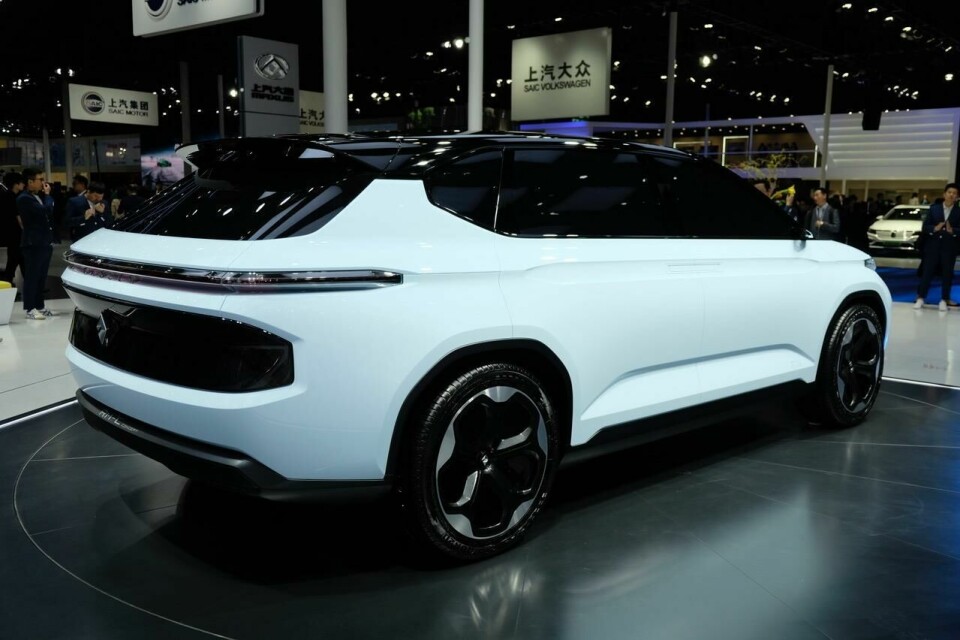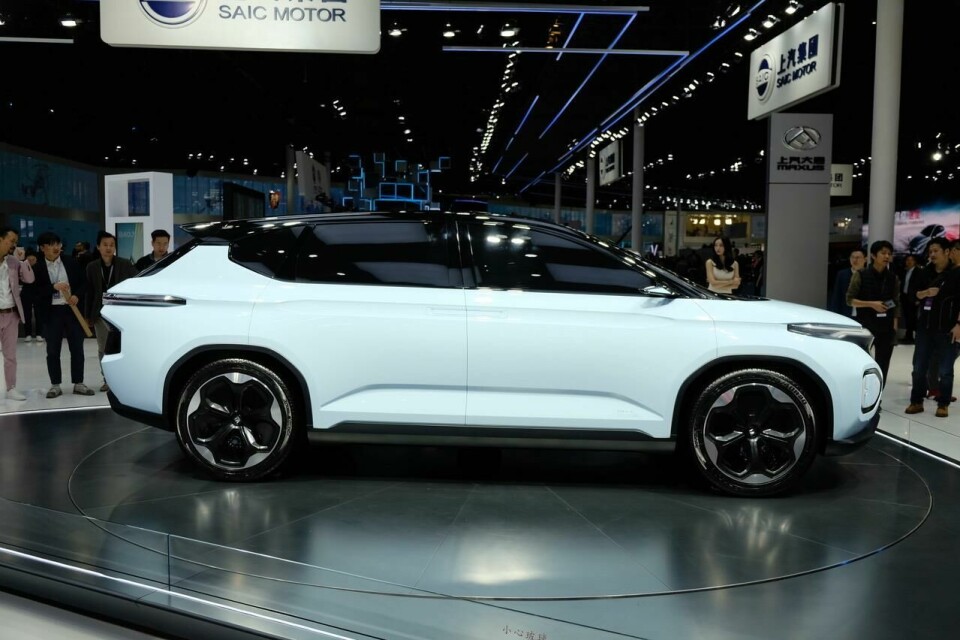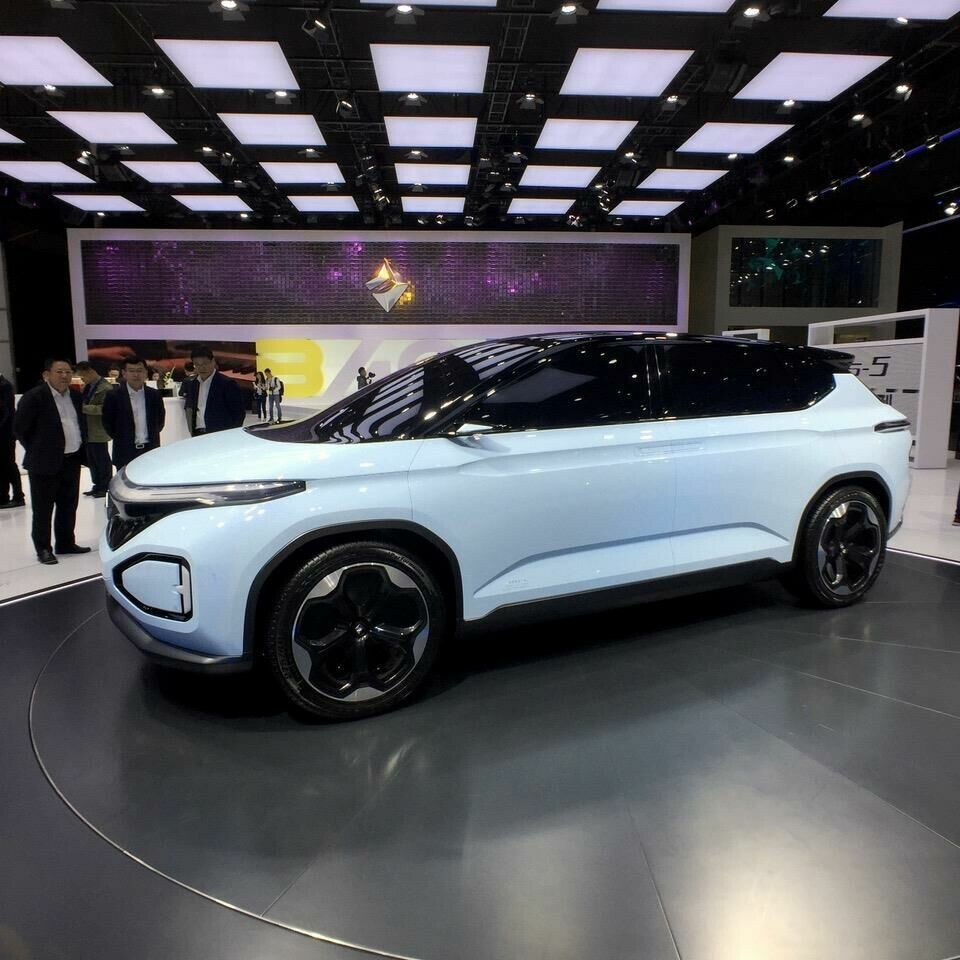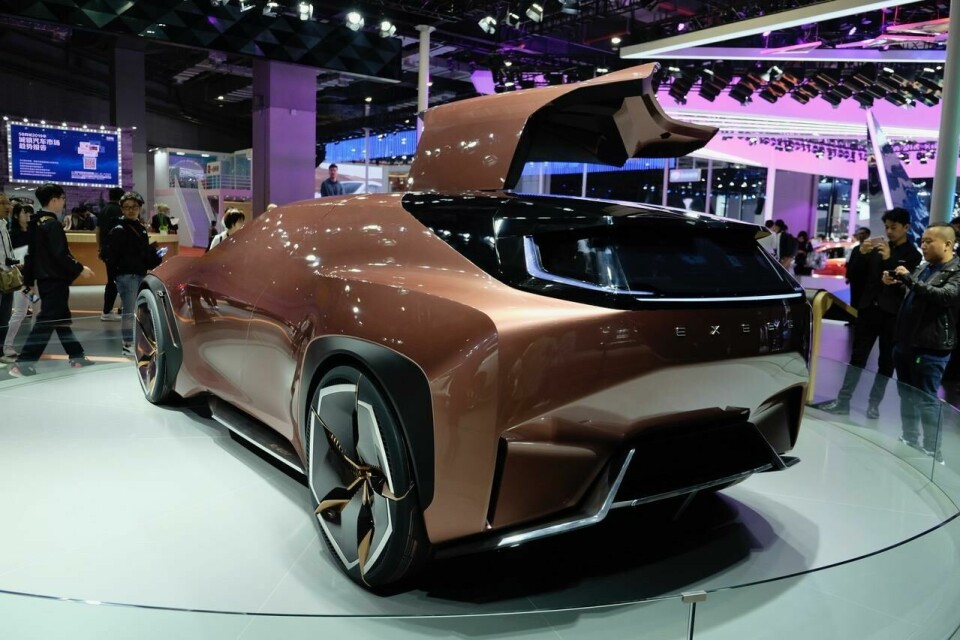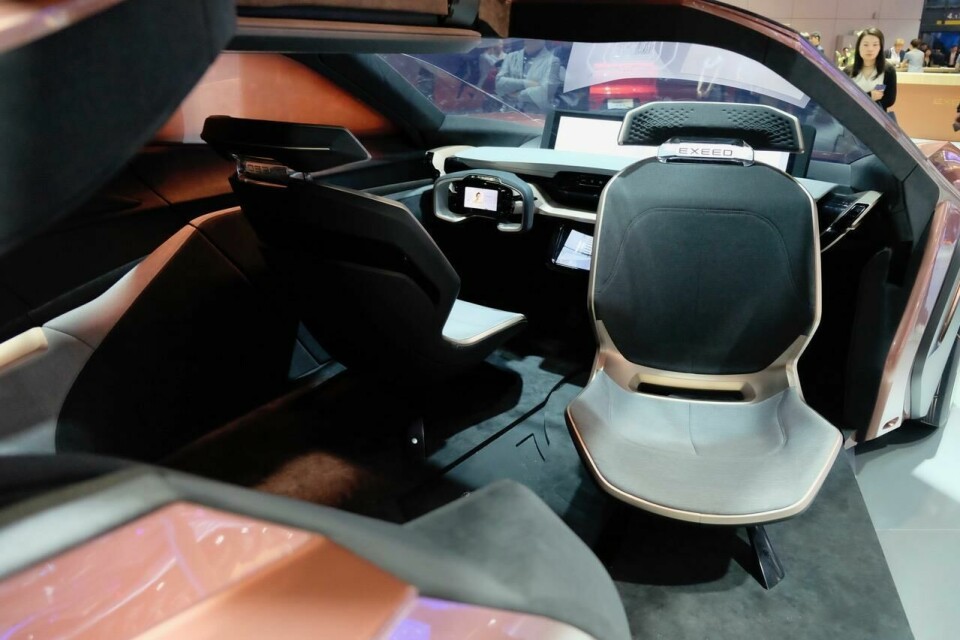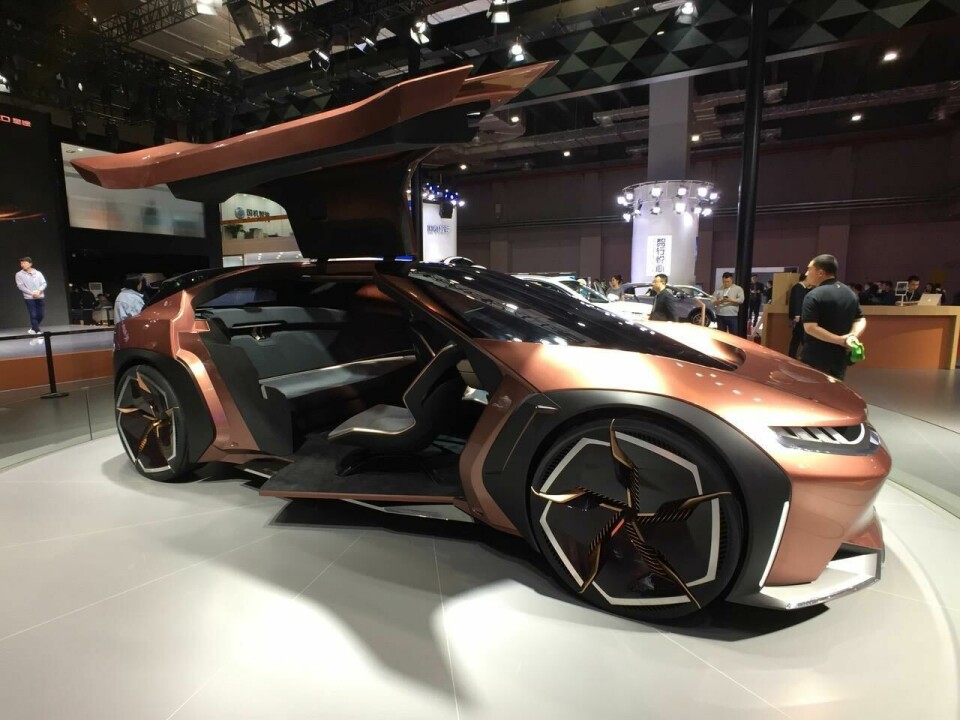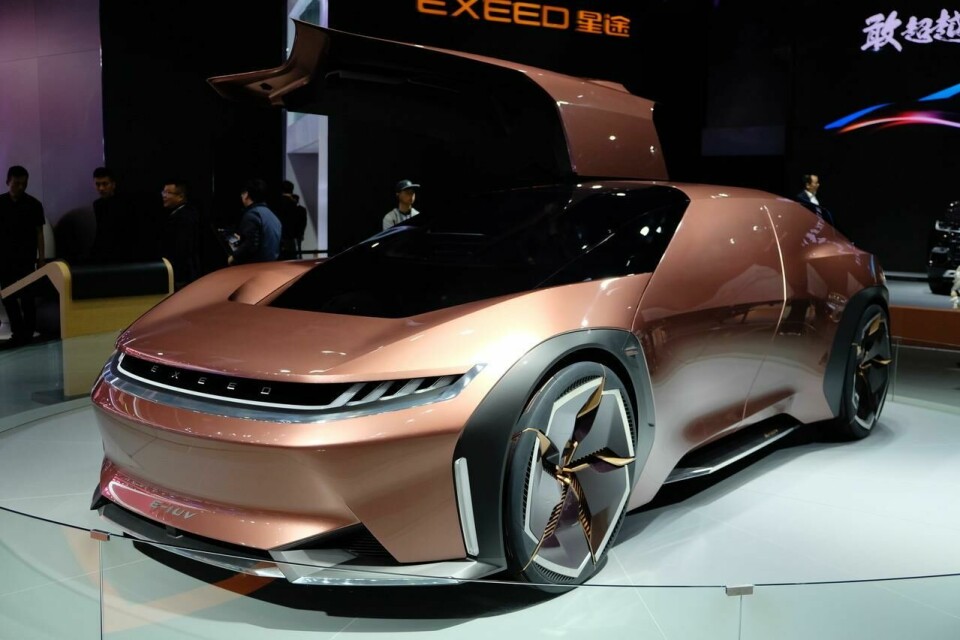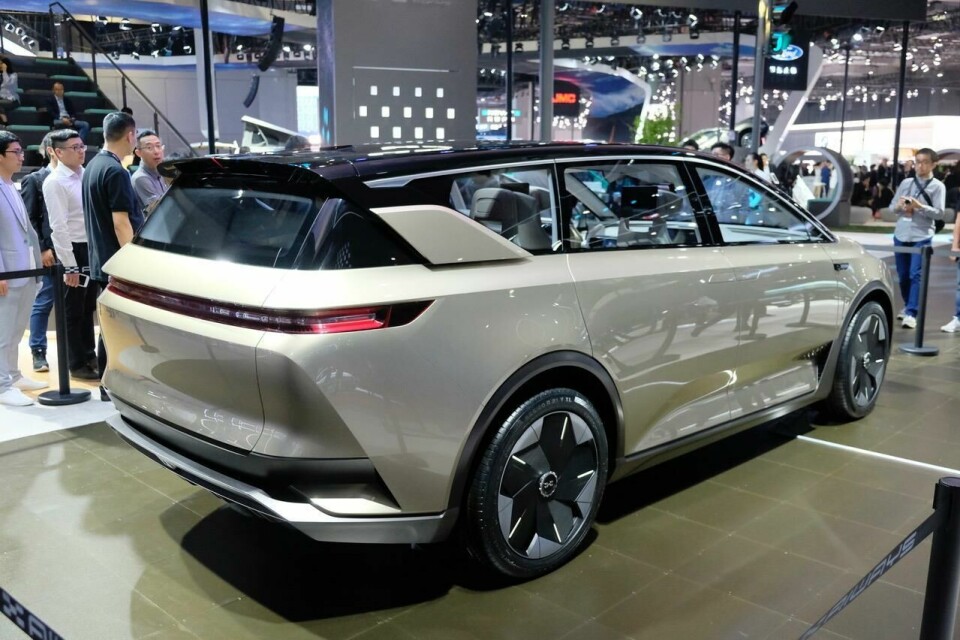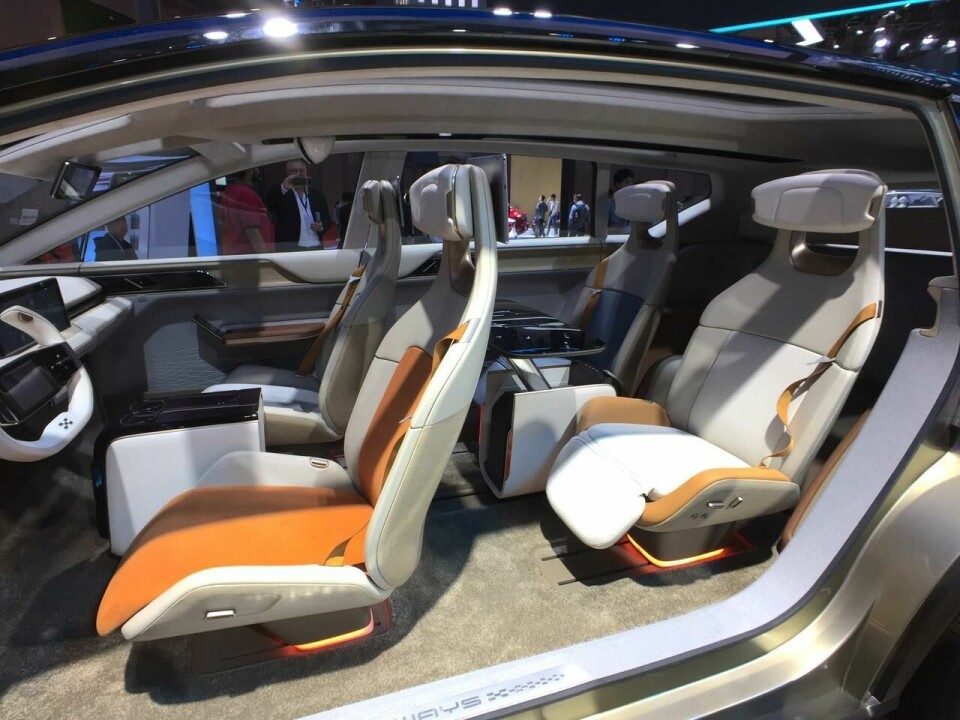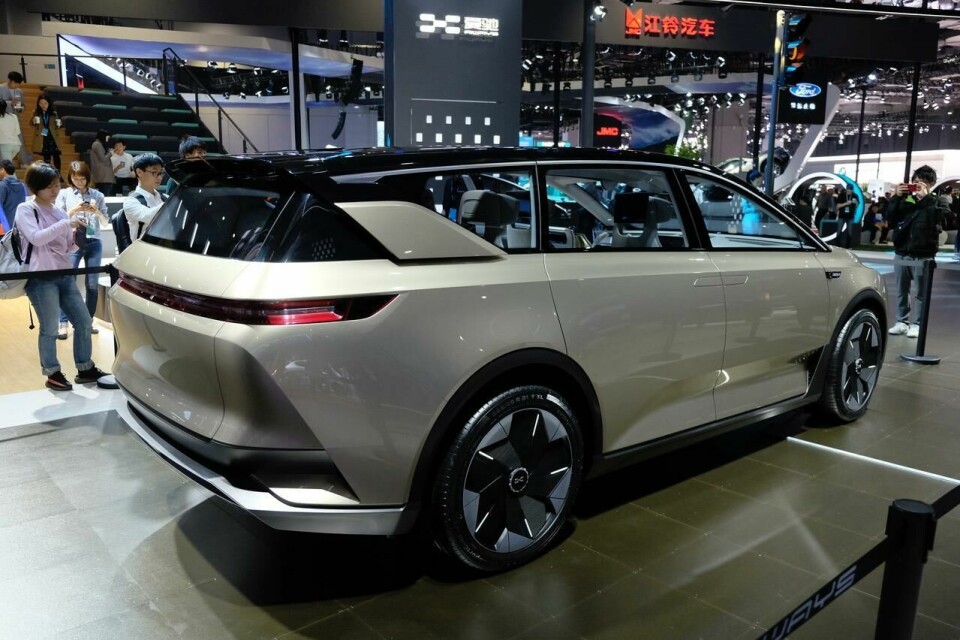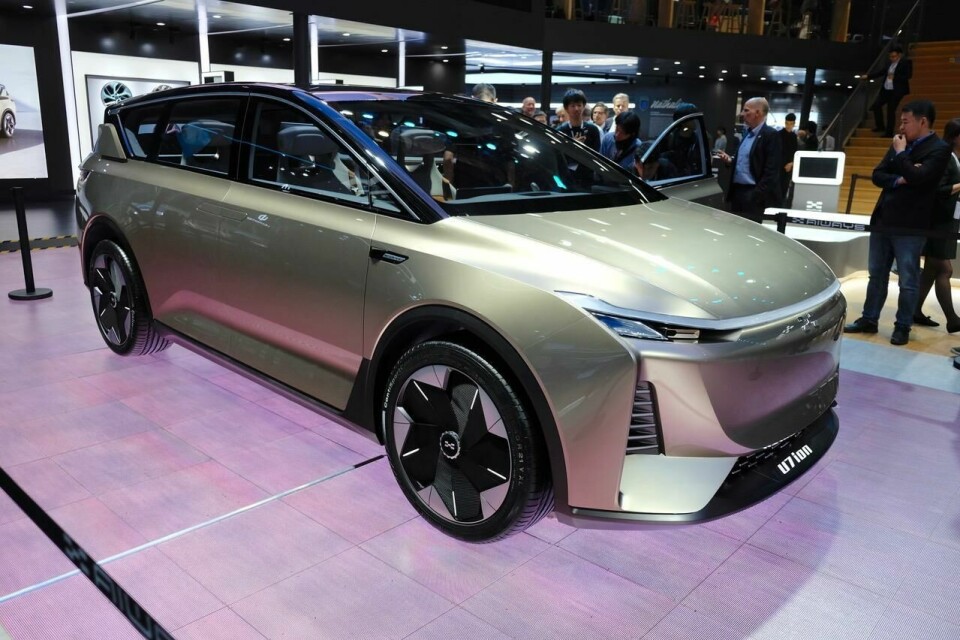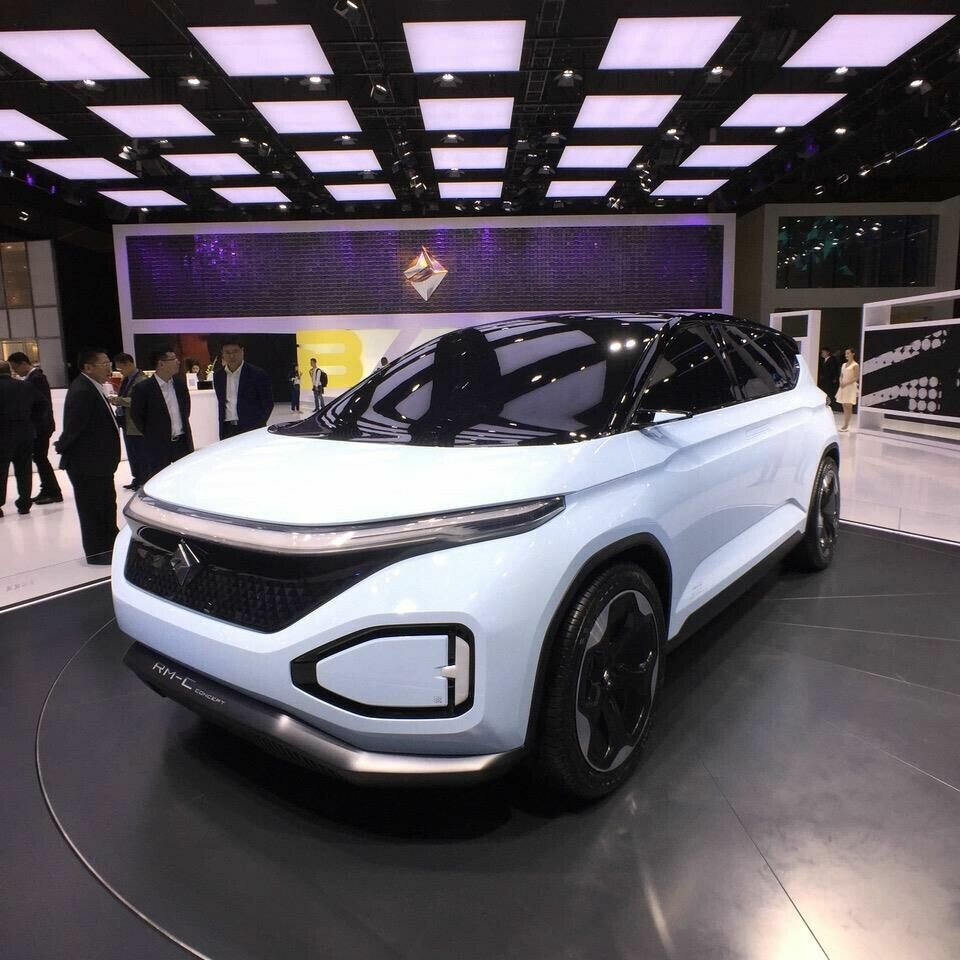
Is the Crossover MPV is the shape of the future?
April’s Shanghai motor show made us think hard about the shapes of the future
In the increasingly nichified world of car design, new typologies are anything but, well, new any more. While increasingly finer lines exist between cars, crossovers and SUVs, the most practical typology, that of the MPV, is often left behind in favor of shapes that are considered more interesting and dynamic. Renault was the first to explore this space with its newest generation of Scenic and Espace models exhibiting signs of “crossoverization”, but the overall forms were still quite familiar. What we saw in Shanghai, however, was the clear move to “coolify” the MPV, which resulted in some interesting concepts.
A few years ago we saw the first signs that Chinese brands might try to crack the typology, with models such as the Nio Eve and the Faraday Future FF91 hinting at a potential future for the minivan genre that still sells well in the Chinese market. But with the SUV craze sweeping through China, it seemed that perhaps the minivan was simply going to fade away in favour of the ubiquitous crossover. But this year’s Shanghai show signaled a desire to revisit the “cool MPV” form factor, with several brands showing once again that there’s a market demand if someone can get the formula right.
Young families—and especially women—with more than one child (still a novelty in China) are the main driver for this phenomenon, according to Robert Gao, General Manager of Baojun’s design studio. They want more space and flexibility than traditional sedans and crossovers offer, but they’re eager to still look hip in a very fashion-oriented market. The RM-C concept shown in Shanghai is Baojun’s answer to this problem, offering chunky industrial-design inspired styling and technology-oriented detailing to match their new “intelligent connectivity” philosophy. If the upcoming production model can match the concept in style and content, it certainly has a good chance to be a breakthrough hit.
On the other end of the spectrum, Chery’s new premium brand Exeed showed a sleek luxury MPV concept sporting all of the major design trends of the moment. The E-IUV is a Level 4 autonomous EV with asymmetrical gullwing doors, a fully-rotating passenger seat, lounge-style rear seating and one-way privacy glass. While it avoids the crossover trend entirely, the car’s extremely cab-forward stance and small footprint proves that space and interior comfort is what premium customers value most, but not at the sake of style. The car’s sharp creases, simple surfacing and aggressively modern DRG leave no doubt that this isn’t a classic MPV, but the interior space it offers begs to differ.
SAIC’s Roewe brand also showed its vision of an autonomous MPV future in Shanghai with the Vision I concept, and it featured no compromise on space. The concept showed explicit crossover qualities in its forms, proportions and detailing that set it apart. The lower body cladding, pronounced wheel arches, and high hood line are lifted right from the SUV playbook. The muscular surfacing and wide stance reinforce the “lifestyle” connotations of the car, but the luxurious and spacious interior bear the hallmarks of a comfortable cruiser. This mix of exterior dynamism and interior space seems to be the target for the genre, with China’s legendary emphasis on interior (especially back seat) comfort setting the scene.
The Aiways U7 Ion concept was also a take on the MPV format that sought to create something more dynamic than the typical minivan. As Ken Okuyama, Aiways Advisor on Design & Art, explains, the new EV platforms already have the higher H-point that crossovers offer due to floor-mounted batteries, but also allow for the cab-forward proportion that MPVs need to offer more space in the same footprint.
But both Okuyama and Gao believe that the buying public isn’t quite ready for these new models yet, so Baojun and Aiways’s first-generation production cars use a more traditional SUV typology and fairly conservative styling to create acceptance of the brands. Now that the market is being saturated with SUVs—both EV and ICE—they believe that more advanced typologies will start to become more acceptable to consumers, as they’ll stand out with both their new style and better space utilization.
So does that mean SUVs are out and MPVs are cool? Not at the moment, and likely not in the next couple of years either. But the continued push to find the “perfect” cool MPV format has a chance to create a shift in the market that could also give Chinese brands a leg up in Europe and North America, where many brands seem happy to continue offering MPV models that largely ignore style for space. As EV platforms proliferate, the opportunities for Crossover MPVs to take a portion of crossover, wagon and MPV sales is high, and the Chinese brands who are pioneering their introduction may just end up leading the way for everyone.
